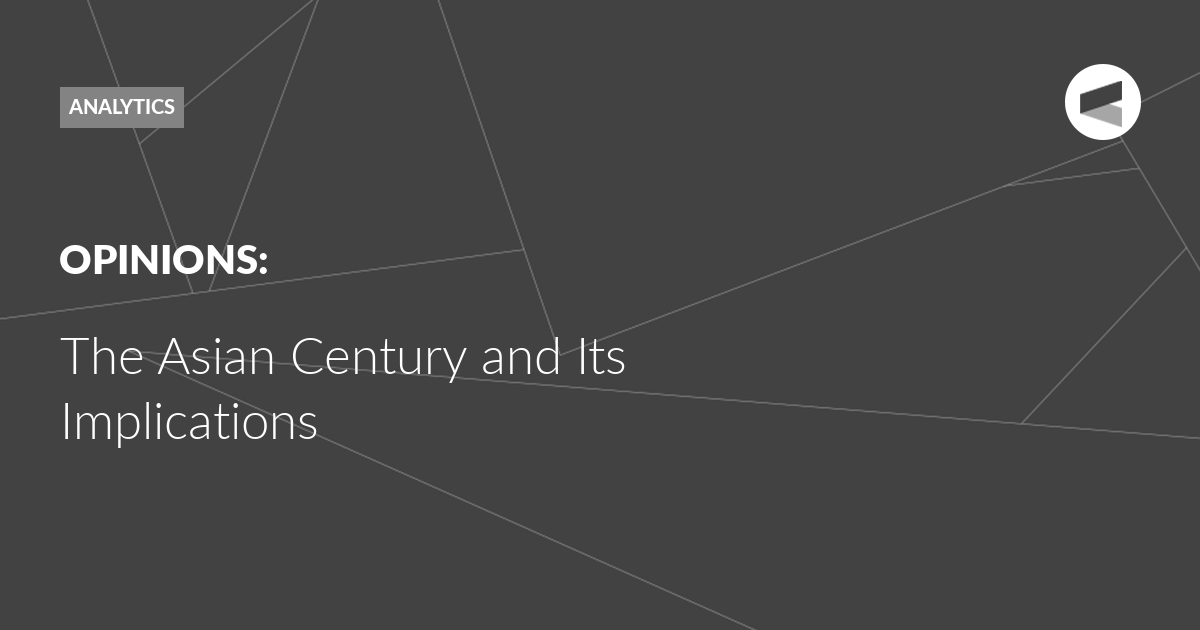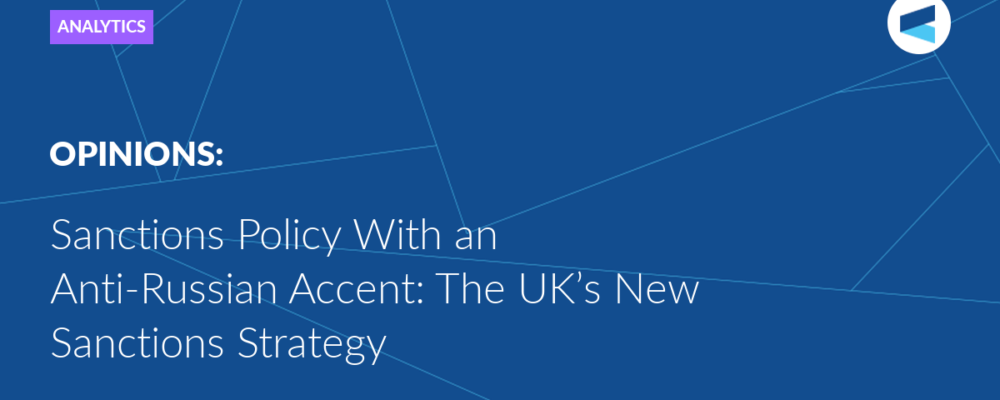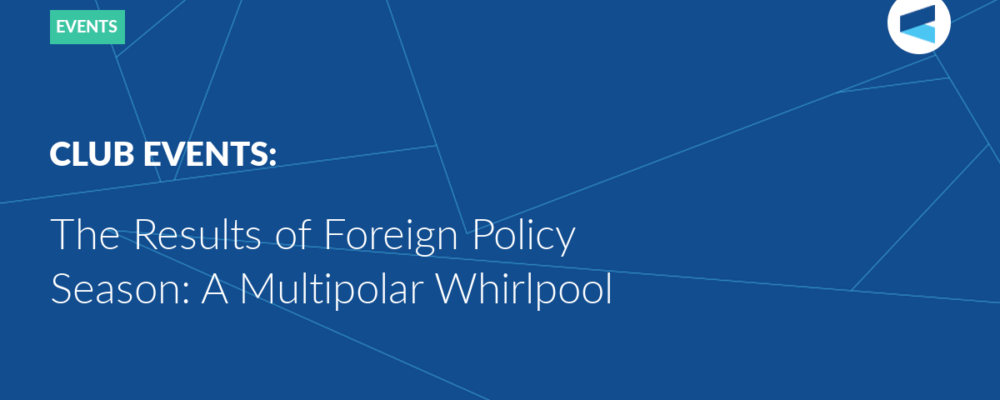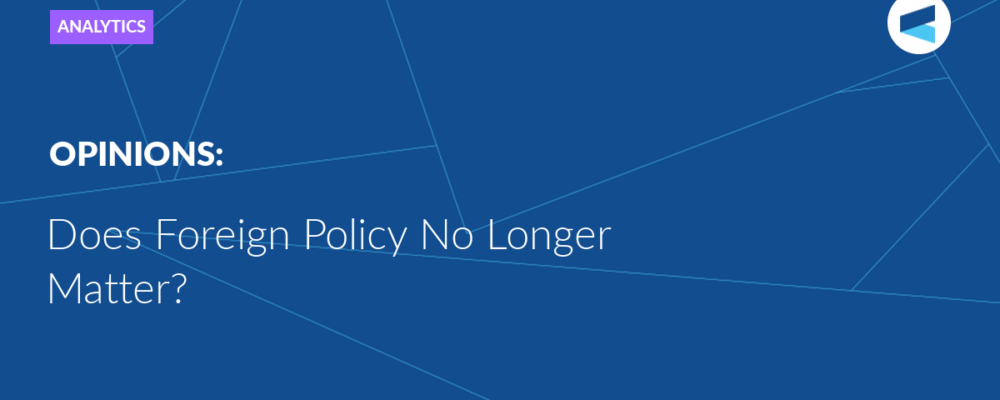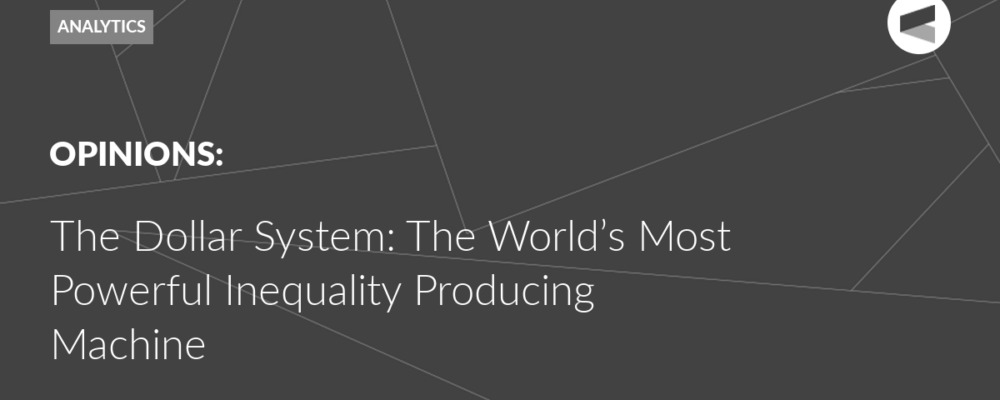The BRICS+ model
While the EU offers an excellent example of rivals-turned-allies, which have agreed to give up a bit of sovereignty for the sake of collective benefit, BRICS+ is one of the most underrated and perhaps misunderstood platforms of our times.
The EU functionalist model could be adopted by apolitical ASEAN, and to some extent there’s room for applicability within the EAEU. BRICS+, however, belongs to a different championship: it’s an intergovernmental organisation whose table sees no transfers of sovereignty to a Hobbes-inspired political Leviathan, only debates and subsequent agreements on essentially geo-economic topics, such as the de-dollarisation and the de-SWIFTisation of the global economy and finance.
The greatest strength of BRICS+ is what external observers see as their most glaring weakness: heterogeneous composition. Unlike the EU, where even rival countries share a wide range of common features – they all belong to the so-called West, the BRICS+ countries, until their 2024 expansion, had no such identity-based connotation.
Now very Arab-speaking, as well as Islam-practicing, BRICS+ is the antithesis of a kinship-based and friendship-tied group: Brazil and South Africa have no cultural connection to any of the other members; Egypt and the United Arab Emirates are often at odds in the MENA region; both have been Iran’s rivals since 1979; Egypt and Ethiopia were recently on the verge of war because of the Millennium Dam; China and Russia have a long history of competition; and China and India fought two wars during the Cold War and share one of the most unstable borders on the planet. The BRICS+ are a true underdog story and can provide Asia with a peace-fostering and trust-building platform.
Against all odds, not only did the BRICS endure over time, after experiencing a period of stagnation during the mid-2010s, but they eventually managed to revitalise the group and to attract new and economically influential members. The next step is already before the eyes of those who pay attention to details: the rise of a BRICS+ diplomacy.
The fight against the dollar’s hegemony remains the BRICS+’ superior and unifying goal, a goal that has convinced decades-old rivals to temporarily put aside their mutual hostilities. However, their slow transformation into a political bloc is undeniable: they did not sign the Swiss summit on Ukraine’s Joint Communiqué on a Peace Framework, they did not apply any sanctions on Russia in relation to the conflict in Ukraine, they did not take part in the Western military operations against the Houthis in the Red Sea, and they backed Ethiopia’s deal with Somaliland.
A group of countries tied by essentially economic and financial objectives is evolving into something more, and this is happening because it’s a discussion-and-meeting platform where third parties help rivals communicate by acting as dialogue facilitators and de-escalating forces. Egypt and Ethiopia are divided by the Millennium Dam, but their BRICS+ membership and the diplomatic intervention of the UAE, China or Russia might help them reach a crisis-solving deal. China and India are well-known for border issues, but their shared desire to reduce their reliance on dollars and Western FDIs and Russian mediation have proved and prove to be crucial to preventing the US from playing with them by means of triangular diplomacy. These aren’t the only examples.
The solutions to Eurasia’s problems already exist
A Cold War 2.0-induced high-intensity super-arc of crisis looms over Eurasia. The translation into reality of such a worst-case scenario can be prevented by triggering a continent-wide multisector integration, ranging from collective security alliances to free trade agreements.
While organisations like the ASEAN and the EAEU have a lot to learn from the experience of the EU, which granted its members peace from interstate conflicts by interlinking them through an articulated network of agreements, obligations, bodies, and initiatives, the BRICS+ group is a reminder of what great powers can achieve when realpolitik is preferred over idealpolitik. In short, the solutions to Eurasia’s security dilemmas, which the great power competition is pumping up, already exist and are only waiting for the big players to nurture them – and to connect them.
In the world’s largest continent by area and population, no single international or intergovernmental organisation can provide and foster peace and security for all, but enhanced regional cooperation can. Enhanced regional cooperation means that the pieces making up Asia’s messy puzzle must somehow be ordered and, when possible, linked by knots. Some examples of knots could be the Arab League electing a special representative to take part in SCO meetings, or the EAEU forming a free trade area with the BRICS+, or the Turkic Council and the BRICS+ meeting periodically for a joint summit.
As of now, Asia continues to be comprised of a number of disconnected pieces that sometimes find a way to meet, for instance, when the ASEAN participates in the SCO summit as a guest attendee, but the puzzle is far from being complete. Cooperation among regional entities ranges from non-existent to irrelevant; this can and must be fixed and would benefit them all. Perhaps, the first steps could be the BRICS+ leveraging its growing Muslim membership and common geo-economic goals, such as the re-writing of globalisation, to establish business-oriented initiatives with the Arab League, the Gulf Cooperation Council, and the Turkic Council. By setting a powerful example, the great powers would increase the chances of intra-Asian regional cooperation snowballing in Eurasianism.
Peace in Asia, that is, non-European Asia, relies on its greatest powers’ ability and willingness to both trigger EU-like integration processes in selected regions and to invest in BRICS-like intergovernmental cooperation formats. In a more and more fragmented, polarised and bellicose world, the only alternative to pan-Asian integration is dangerous disintegration.
The Valdai Discussion Club was established in 2004. It is named after Lake Valdai, which is located close to Veliky Novgorod, where the Club’s first meeting took place.
Please visit the firm link to site


